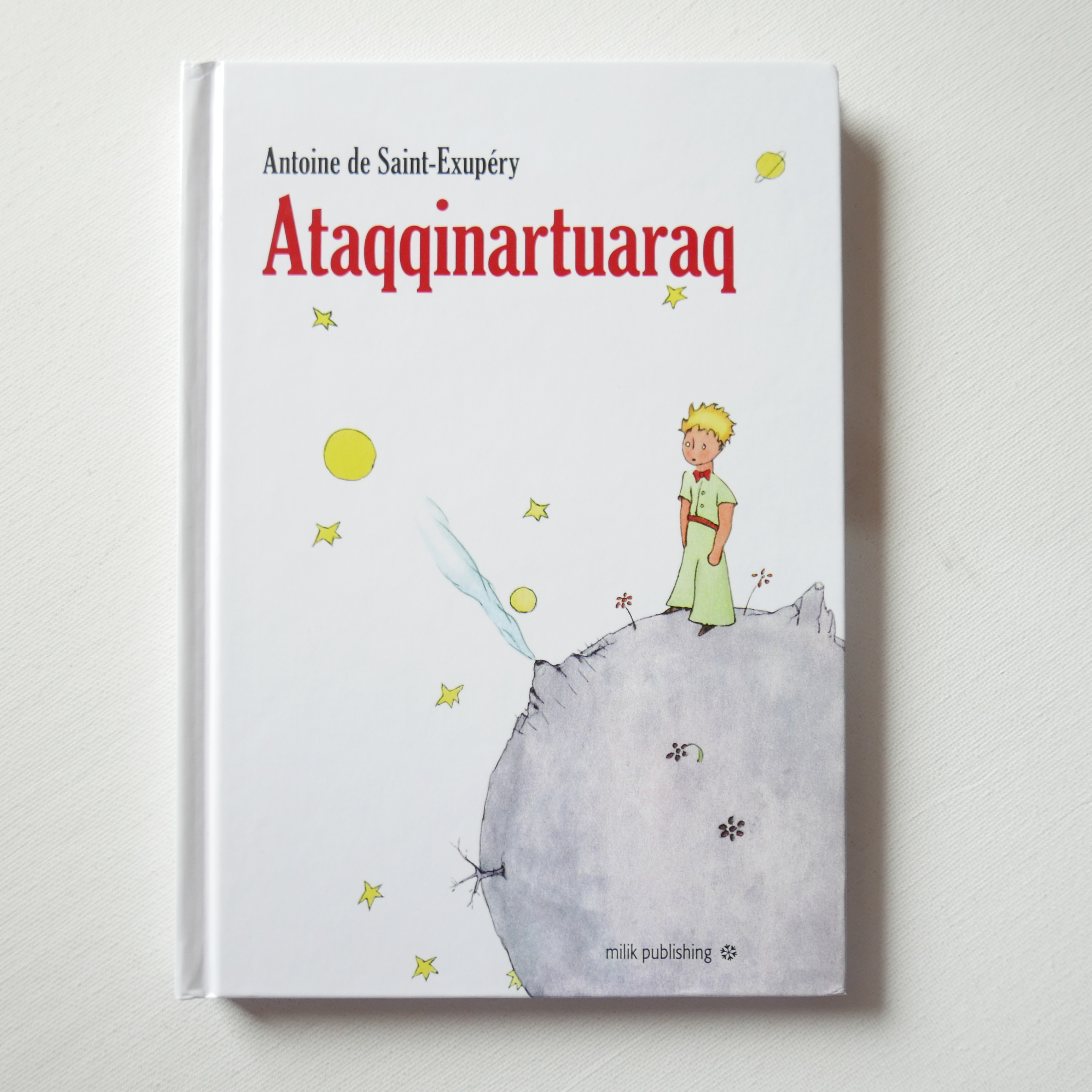
Ataqqinartuaraq — in Greenlandic.
Greenlandic, or Kalaallisut, is an Eskimo–Aleut language spoken primarily in Greenland, the world’s largest island, which is currently part of the Kingdom of Denmark. It is the most populous of the languages in the Inuit language family, with several dialects, and serves as the official language of Greenland.
Greenlandic is part of the Inuit branch of the Eskimo-Aleut language family. It is divided into three main dialects:
- West Greenlandic (Kalaallisut) — the most spoken dialect and the official language of Greenland, taught in schools and used in public administration and media.
- East Greenlandic (Tunumiisut) — spoken in eastern Greenland, it has notable differences in phonology and vocabulary from Kalaallisut
- North Greenlandic (Inuktun or Avanersuarmiutut) — spoken in the Thule area, the northernmost part of Greenland. It is closer to Inuktitut, spoken in Canada.
Greenlandic’s sound system is characterised by a series of consonants and vowels that can be long or short, significantly affecting meaning. The language lacks certain sounds present in many European languages but makes extensive use of guttural and uvular sounds.
Greenlandic is polysynthetic, meaning that words are often formed by combining a root with multiple affixes to express what would be a complete sentence in English. This allows for the creation of long, complex words that describe actions and their subjects, objects, and various grammatical nuances all at once.

The language has a rich vocabulary, particularly for environmental features, wildlife, and traditional subsistence practices. Modern vocabulary has been expanded to include contemporary terms through language planning efforts.
Greenlandic is the primary language of everyday communication in Greenland, used in education, broadcasting, and government. While Danish is also an official language and widely understood, Greenlandic’s status as the national language is a key part of the country’s identity. Greenlandic faces challenges similar to those of many indigenous languages, including the influence of global languages like English and Danish. However, strong language policies and educational programs aim to ensure its vitality.


